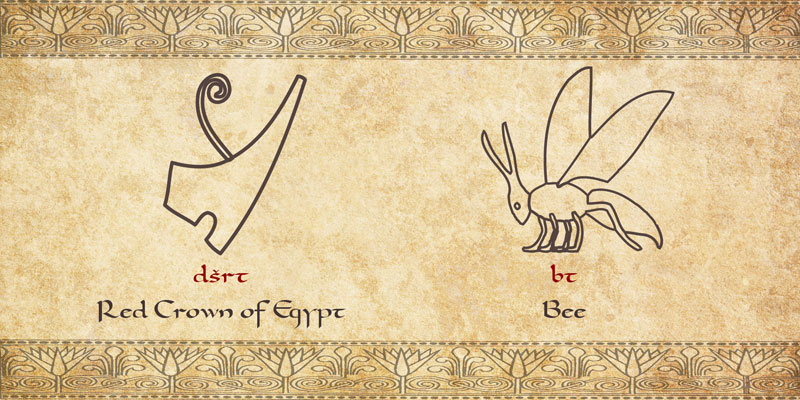Book of Mormon Central wrote:Hugh Nibley, however, proposed a possible Egyptian explanation for the origins of the word. Nibley’s argument was well summarized by Stephen Parker, in the Encyclopedia of Mormonism:
The constant fallback used by apologists to defend the indefensible is like throwing spaghetti in the air hoping it sticks to something or falls to the ground to miraculously form an amazing shape rather than a pile of slop. It's possible that the spaghetti might stick to something or fall to the ground and form a perfect square or a circle. But the apologetic spaghetti never does the miraculous! At most, some of it it will stick to the wall because that's the nature of wet & sticky noodles.
The point I'm making is that apologists are always looking for ways to make their argument possible by bending, twisting, and flat-out lying. So what did Nibley say?
Hugh Nibley wrote:In Egyptian, dšrt means the red crown (of the king of Lower Egypt). The Egyptian word for bee is bt. In the discussion of the sign dšrt, Alan Gardiner, in Egyptian Grammar, states that [the glyph for the dšrt crown] was used to replace [the glyph for bee] in two Egyptian titles where [the bee glyph] was used to mean the ... King of Lower Egypt. … This substitution of [the dšrt crown] for [the bee] has led Nibley to associate the Egyptian word dšrt and the Book of Mormon word deseret.
1) In Egyptian, dšrt means the red crown (of the king of Lower Egypt)
TRUE
2) The Egyptian word for bee is bt.
TRUE
3) In the discussion of the sign dšrt, Alan Gardiner, in Egyptian Grammar, states that [the glyph for the dšrt crown] was used to replace [the glyph for bee] in two Egyptian titles where [the bee glyph] was used to mean the ... King of Lower Egypt. …
FALSE
There was no replacing or substituting the dšrt (Red Crown) with bt (Bee) in order to make the Red Crown have the same meaning as the Bee! First, let it be understood that both hieroglyphs literally mean exactly what they represent (Red Crown & Honey Bee), however, either sign may be used individually to represent a king of Lower Egypt. Neither of these signs replace each other or change the actual meaning of what they pictorially represent:
1) Crown
2) Bee
The dšrt may be used to literally mean the Red Crown and have no reference to a king who wears it. Likewise, the bt may be used to literally mean a honey bee without reference to a king of Egypt. Both signs may be used individually but both signs always maintain their original pictorial meaning and distinct pronunciation! When (the bee and sedge plant are) used together they always represent a king of Egypt. No exceptions!
The bt (bee) is a honey bee or a king of Egypt.
The dšrt (crown) is the Red Crown or a king of Egypt.
You cannot cross dšrt with bt! Both signs represent exactly what they are but both signs can be used to signify a king of Lower Egypt either individually or in combination with other signs. However, both signs retain their distinct individual pronunciation as well as their original iconography for what they actually are.
1) dšrt = dšrt
2) bt = bt
Please refer to Wikipedia for basic information regarding Deshret

